The cornea curves irregularly. Light hits in waves, not points. But not all astigmatism starts there. Some comes from the lens. Some shifts with eyelid pressure. Some is post-surgical. Diagnosing the source matters before correction. LASIK treats the cornea, not every cause.
Modern LASIK maps the corneal surface with detail that older systems couldn’t capture before
Topography has changed. Algorithms grew sharper. Wavefront scans read imperfections down to microns. Astigmatism isn’t just a number anymore—it’s a pattern. Customized ablation adjusts for each curve. The laser no longer works blindly. It follows a map built from your eye alone.
Not all astigmatism types qualify—irregular patterns often require different treatments
Keratoconus. Post-RK distortion. Scarring. These aren’t LASIK cases. They need corneal implants, PRK, or cross-linking. LASIK depends on smoothness. Predictability. Even curvature. If your astigmatism wobbles in unexpected directions, other paths get explored. The laser can only work with what’s stable.
Cylinder power limits have expanded, but high astigmatism still faces challenges
Most surgeons treat up to 4–5 diopters now. Some go higher. But precision shrinks as power increases. Small alignment errors grow visible. Residual blur happens. The laser reshapes—but doesn’t always perfect. Enhancements may follow. Expectations must shift with strength.
Astigmatism correction demands laser alignment within a tight rotational margin
The eye rotates when lying down. Even a few degrees matter. The laser compensates. Cyclotorsion tracking locks on. But if your astigmatism axis is sharp, even tiny drift creates blur. Stability matters. Fixation matters. The margin for error is smaller than you think.
Your pupil size doesn’t decide everything—but it influences how well results hold in the dark
Large pupils scatter more light. Especially after correction. Astigmatism already scatters. LASIK fixes central vision. But edge glare may remain. Night driving. Streetlights. Oncoming headlights. The correction feels real—but the glow lingers. Pupil size doesn’t disqualify—it redefines expectations.
Dry eye risk rises slightly when correcting astigmatism due to deeper corneal reshaping
Astigmatism treatments go deeper. The laser removes more tissue. That affects corneal nerves. Tear production shifts. Surface sensitivity drops. Most cases recover. But dryness delays comfort. It also blurs results. Some patients need drops for months. Others adapt sooner. But dryness isn’t rare.
Enhancement rates for astigmatism cases remain slightly higher than for myopia alone
You may need a second round. Especially if the cylinder doesn’t flatten fully. It’s not failure. It’s fine-tuning. Some residual astigmatism remains tolerable. Others notice it sharply. Especially artists. Musicians. Precision matters. Enhancements sharpen—but also require stable tissue.
The femtosecond flap improves outcomes for astigmatism by preserving tissue more predictably
Older microkeratome flaps were blunt. Irregular. Femto lasers cut evenly. Depth stays consistent. That changes outcomes. Especially for cylinder correction. A smoother flap heals cleaner. It leaves less scar. It preserves biomechanical shape. That’s why technique matters more than price.
Not all LASIK centers use wavefront-guided treatment—but for astigmatism, it’s often non-negotiable
Standard LASIK works. But custom LASIK refines. It catches subtle imperfections. Asymmetry. Spherical aberration. Wavefront reads the full optical path. Astigmatism lives in the fine detail. You don’t want a generic approach. Especially if you want sharpness—not just freedom from glasses.
Contact lens wear before surgery affects topography more than most patients realize
Toric lenses shape the cornea. They mold it subtly. The scan sees that. If you don’t stop wear early enough, your maps lie. The laser follows a ghost. That’s why doctors ask for weeks without lenses. They want to treat your cornea—not your lens imprint.
Recovery timelines differ slightly—some astigmatism patients see fluctuation for weeks
Vision clears. Then blurs. Then sharpens again. Astigmatism correction heals with more variability. Light stabilizes slowly. Some days it’s perfect. Others it drifts. That’s corneal remodeling. Nerves regrow. Hydration shifts. Patience helps. Especially in the first month.
Alternative treatments like SMILE or PRK may outperform LASIK in certain astigmatism cases
PRK removes no flap. That suits thin corneas. SMILE leaves fewer dry eye symptoms. But not every center offers both. And not every case qualifies. These aren’t upgrades—they’re alternatives. LASIK works. But it’s not the only path. Especially for borderline corneas.
Patients who’ve had astigmatism since childhood often notice emotional relief post-correction
It’s not just visual clarity. It’s a lifetime of distortion ending. Headaches. Squinting. Strained notes. You forget how it felt. Then you blink—and something aligns. It’s more than convenience. It’s release. LASIK doesn’t change your identity—but it often calms something internal.
Source: Lasik Eye in Dubai / Lasik Eye in Abu Dhabi
